QNAP TS-h2287XU-RP QuTS Hero ZFS Management
Something that we have noted many times with the QNAP units is how easy the installation is for even novice admins. STH has many advanced users that feel comfortable installing and configuring their own NAS environments, but there is a huge portion of the market that enjoys this simplicity. Our unit came with QuTS hero installed. One can switch to QTS, but QuTS hero gives us access to features like ZFS that are very interesting in a system like this.
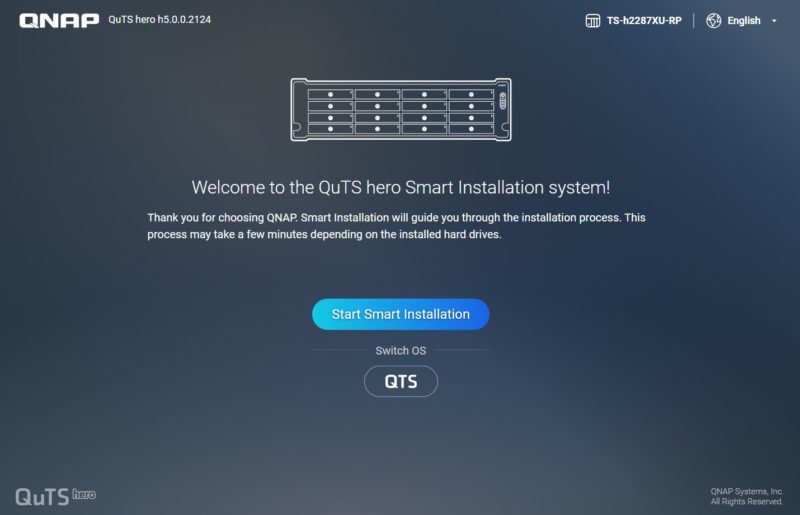
Just as an example, upon starting the NAS, one gets a tour. There are tours and wizards throughout QuTS hero. This is a major point of differentiation.
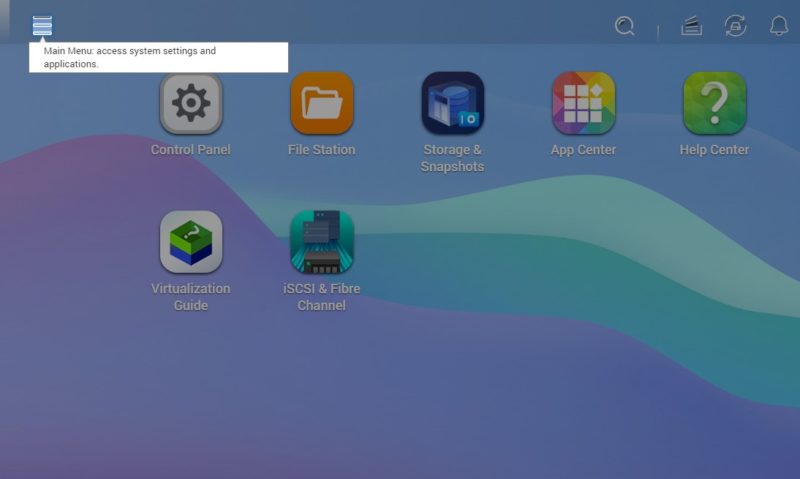
An example of that even is during the drive pool creation phase. One gets explanations and diagrams to help explain storage concepts.
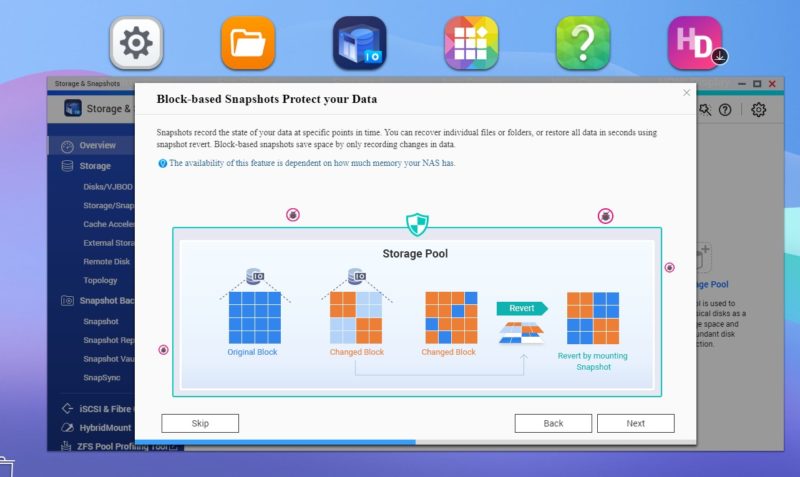
QuTS hero is utilizing ZFS, a robust storage solution underneath, but it is not burdening users with ZFS jargon (too much) when creating pools.
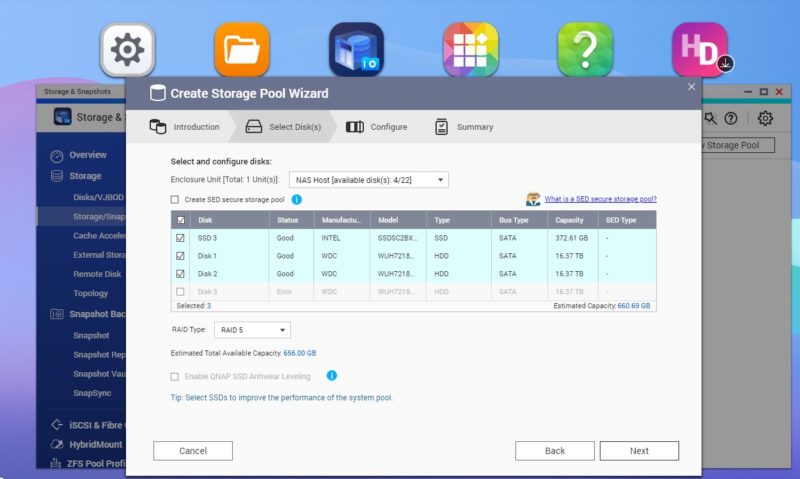
We have a drive issue on Disk 3 here, so we cannot add it to the pool. When an issue occurs, QNAP shows where that issue is happening in the chassis so a drive can be quickly located.
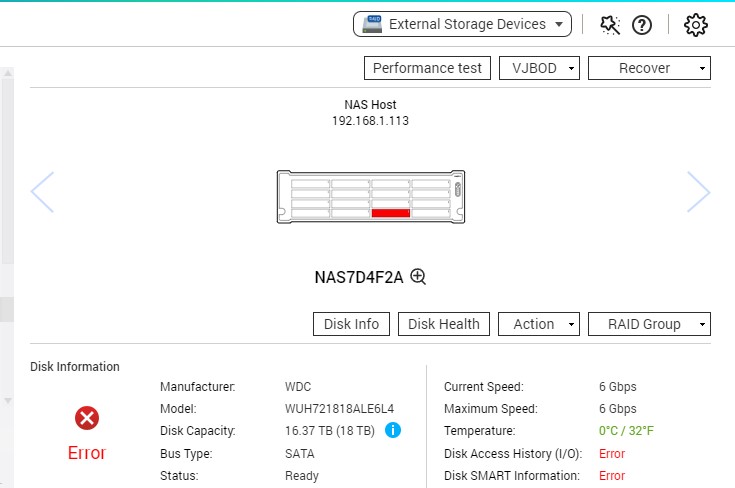
On the pool creation, QNAP also has a nice breakdown of allocation, so one can see why the RAW disk size and the final pool size vary. That is a small but nice feature.
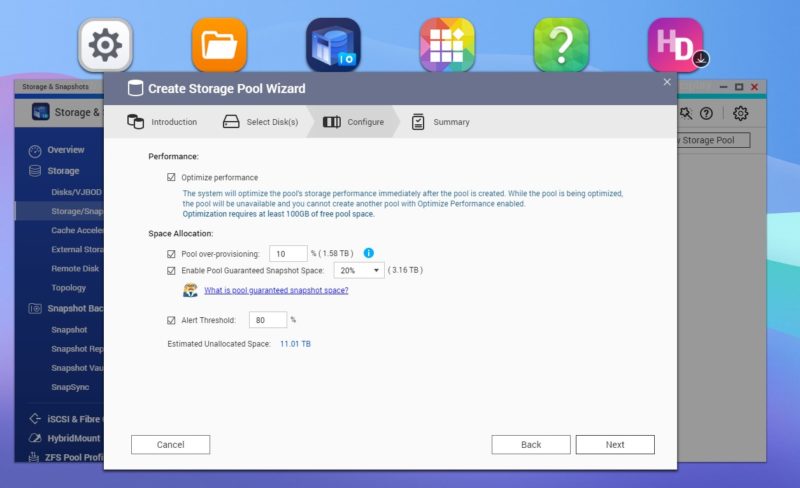
The quality of life goes well beyond that. For example, if one wants to setup replication from one QNAP NAS to another, they just need to be on the same network (local or over VPN) and QNAP can detect the other NAS(es.) QNAP can then test connectivity and check that there is sufficient space to be a replication target. Again, a power user may not need or want this, but it is very easy to setup.
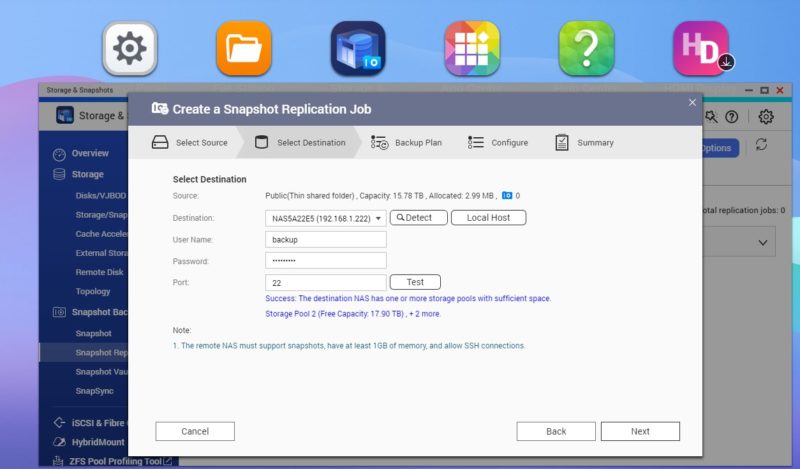
QNAP has a range of other applications in its App Store. Something that is newer is that the company is offering more subscription-based software. An example here is QVR DoorAccess. $9.99/ mo (less if on a longer subscription duration) is not expensive, but we see QNAP adding more of these in the future. Likewise, adding extra QVRelite surveillance cameras beyond the two bundled cost $1.99/ mo discounted to $49.99 for three years. It would be nice to have a perpetual license option at some point. QVR Elite is now the replacement for Surveillance Station, which is part of the company’s subscription push. Part of QNAP’s appeal has been that it may have had fewer applications than Synology, but they were included. On the flip side, that subscription revenue has helped Synology fuel more software development, so there are two sides to this. Most QNAP software is still included, but this was something noticeable that was less so a few years ago.
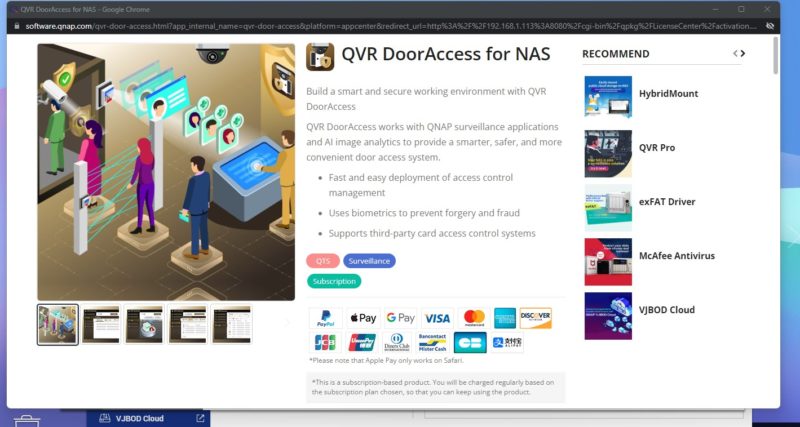
QNAP still has its Container Station and Virtualization Station. With the high-end Rocket Lake processor and 64GB of memory, this is a platform that can host databases, websites, or other applications as well. QNAP has too much CPU performance for just as NAS. We suspect the company intends this as a NAS and a small business server that can run applications and even virtual machines and containers.
Next, let us get to the performance.
QNAP TS-h2287XU-RP-E2378-64G Performance
We wanted to focus on a few performance metrics. One fun one, is that we were able to get Geekbench 5 running in a docker container using Container Station in about 90 seconds.

This setup allowed us to get reasonably good performance. The container is roughly in-line with a Supermicro server with the same processor.

Again, one can think of this as a SMB server, not just a NAS. There is a lot of performance here. To put this in perspective, the Intel Xeon E-2378 is more than twice as fast as ~5-year-old Xeon E3 servers.
We ran file server benchmarks on the unit, and we could push the 10Gbase-T and 2.5GbE connections. We have a large set of 18TB drives that we used in our recent (and much more costly AIC 60-bay server review.) We purchased a bunch of drives, and having multiple systems to work with helps offset those costs.
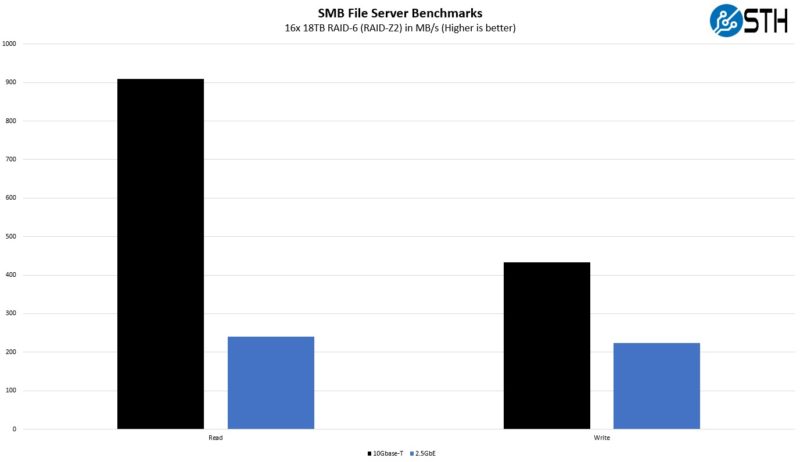
QNAP says that the unit can utilize 25GbE NICs and SSDs to reach speeds of over 9GB/s read/ write, but we think most users will not build such extreme configurations. Still, the performance was great.
Next, let us get to power consumption and our final words.




With a NAS appliance designed to run a proprietary software stack, i.e. QTS and QuTS Hero, an overview of software capabilities might be useful. My only QNAP experience is with QTS. I can’t remember if Active Directory authentication for CIFS shares was possible but it definitely didn’t support Kerberized NFSv4. After an update rendered the iSCSI targets inaccessible to about half the Linux clients, it seemed to me the weakest link was the software.
While ZFS is great, does QuTS Hero have features that allow easy integration with Kerberos and Active Directory?
More generally, since there’s no need for enterprise-level hardware without enterprise-capable software, would it be possible to comment a bit more on the software in these reviews?
No Lights Out Management would be a deal breaker in many enterprise envirrments.
I just like that there is a balanced review that actually talks about good, bad, and competition. There’s too many useless reviews.
I don’t care about iLO on these but I don’t want to spend this kind of money on a NAS, have nagging subscriptions, and do drive screws. It’s never a good day when a drive fails and it’ll just be worse having to pull replace 8 screws that day too
This seems like a missed opportunity. QNAP going off and doing their own thing is all well and good when you need something a trifle atypical(their offerings that have a solid number of drive bays but are still quiet enough to coexist with users; or the NAS-with-video-out variants); but this design lands squarely in storage oriented rack server land; except with less polish. Screws all over the place, some really flimsy looking airflow shrouds, no BMC, 100% SATA so no NVMe for any sort of tiering or SAS so you can slap a drive shelf on it; rack ears aren’t included for $7,000; and so on.
It seems like this would have gone better if QNAP had chosen basically any server vendor you’ve heard of that has a storage-oriented line and had them white-label a model with QNAP’s software loaded on the DoM. Basically any more or less reputable server vendor could have provided some combination of nicer or cheaper.
I’d really expect all 4 ports to be 10g for the price.
this is less than great more like pitiful given the price – don’t fall for false narratives
QNAP is not for serious professionals. I’d rather drag my drives after a train than connect them to this clusterf***.